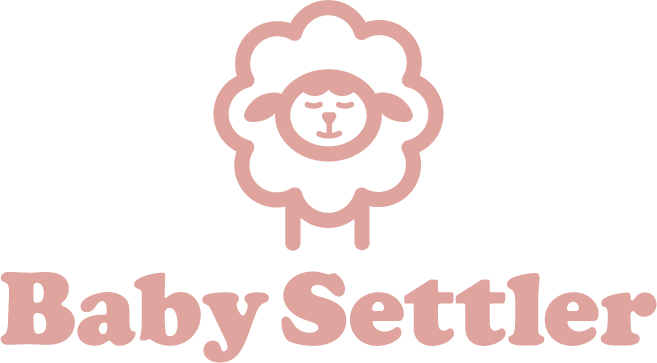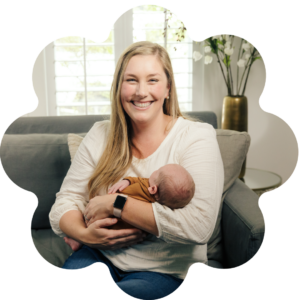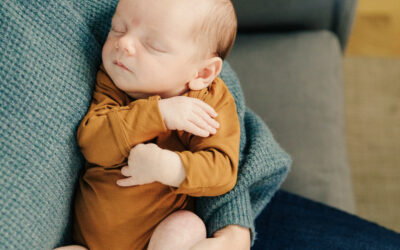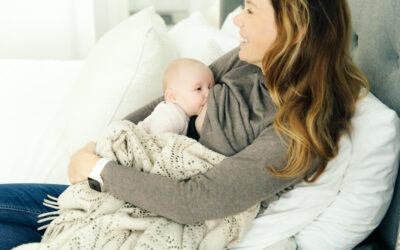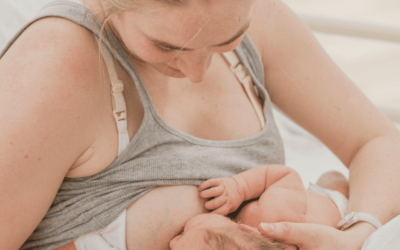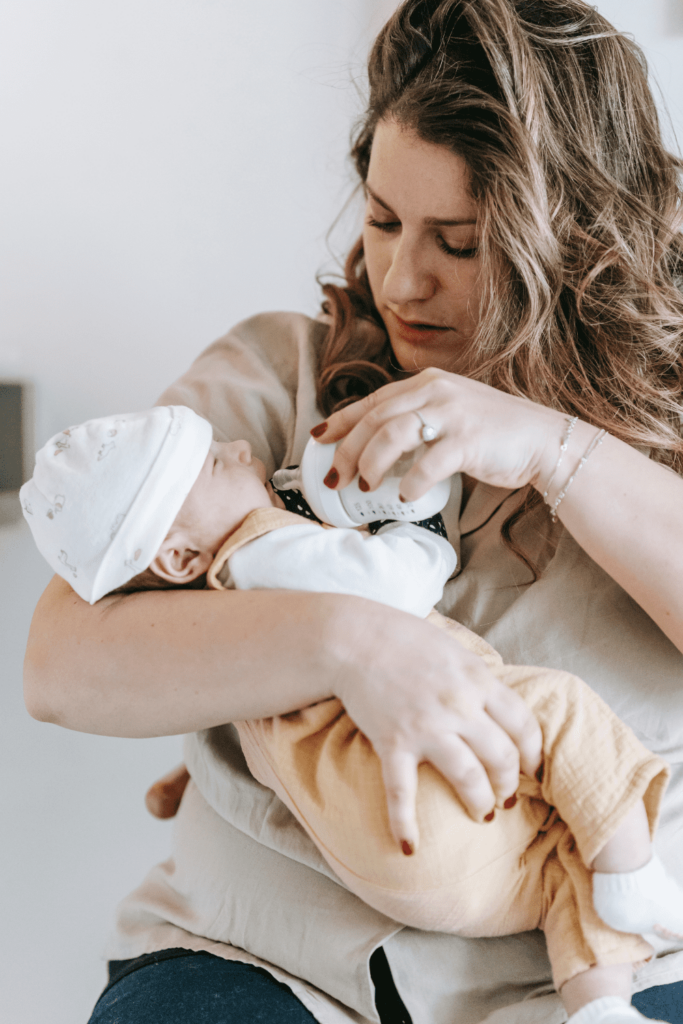
You’ve done your research and chosen the perfect bottle for your baby. But, that’s not where bottle feeding your little one ends… As your baby grows, the bottle they’re feeding from needs to evolve with them. You don’t need to invest in new bottles, it’s a simple matter of changing up the bottle nipple.
Every growth phase that your baby goes through will need a specific type of bottle nipple for optimal feeding.
Here is your guide on bottle nipple levels and different flows based on your baby’s age.
The different levels of bottle nipples correlate to the flow – how fast or how slow the milk is released through the nipple, or how hard the baby has to work to suckle.
Typically, the younger the baby, the slower the flow needed. This is because newborns and younger babies take in small amounts of milk at a time. Then, as they grow older…the more milk they need. Then, they can move on to higher levels of bottle nipples with faster flows.
Bottle Nipple Levels (Dr. Browns bottles) According To Age
- Level Premie: Newborn (first 4 weeks)
- Level T: Newborn (0-3 months)
- Level 1: Babies 3-6 months *Most babies will stick with a level 1 for their entire first year
- Level 2: Babies 6 months and older
From 12 months, most babies begin to transition away from bottles to sippy cups. Of course, this is a big change for a little one, so don’t worry if it takes a few months.
While your baby’s age is a good guide on when to increase bottle nipple size, it’s not the only guide.
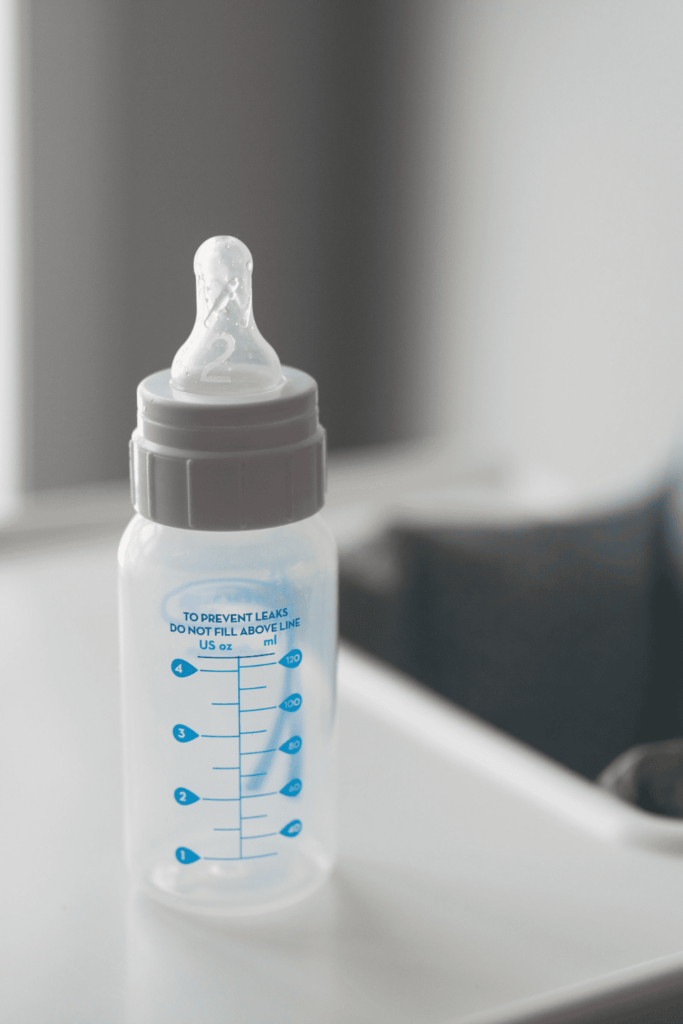
6 Signs Your Baby Needs The Next Level Of Bottle Nipple
There are a few readiness cues that tell you that your baby needs another type of bottle nipple:
- Your baby is sucking fiercely during feedings
- The bottle nipple becomes flattened or inverted after feeding
- Your baby seems frustrated when feeding, and squirming or pushing the bottle away
- Mealtime is taking much longer than usual
- Your baby tugs on the bottle nipple
- Your baby is eating less during feedings and then shows hunger cues soon afterwards
However, these aren’t the only signs to be on the lookout for when swapping out bottle nipples.
4 Signs Your Baby Needs To Go Down A Bottle Nipple Level
Sometimes the flow of milk is way too fast for baby to handle, and then they need to go down a level of bottle nipple.
These are the signs that you may have to switch out the nipple for a slower flow:
- Milk spilling out of your baby’s mouth during feedings
- A lot of gagging, spitting up
- Turning away from the bottle
- Digestive issues such as baby becoming uncomfortable after feedings due to gas
Top Tip: A baby’s fussiness at feeding isn’t always a sign of the incorrect bottle nipple size or flow – they might not like the actual nipple material! Try a different brand. Fussiness and digestive issues could also be a sign that the formula isn’t agreeing with them.

What Bottle Nipple To Use With A Breastfed Baby
If you’re introducing a breastfed baby to a bottle, first ensure that your milk supply is established. This is typically around two weeks after mom’s milk has come in and baby has a good latch.
If you are planning to switch back and forth between nursing and bottlefeeding, it’s essential to feed your baby using the Paced Bottle Feeding Method. This allows your baby to better control the flow rate of their milk. You want your baby to mimic the movements that her/she has to do at the breast to remove milk.
It’s important to use an appropriate nipple size, as a fast flow bottle nipple could cause your baby to get lazy and refuse the breast, as they have to work harder during breastfeeding compared to getting bottle fed.
So, the best bottle nipple to mimic the flow of breast milk is a slow flow version. There is a chance your breastfed baby will never need to move up to the next level of bottle nipple – just watch out for their cues.
As your baby grows and develops, everything shifts, including your little one’s bottle. Pay attention to their cues and change up bottle nipples to make feeding time a happy time.
